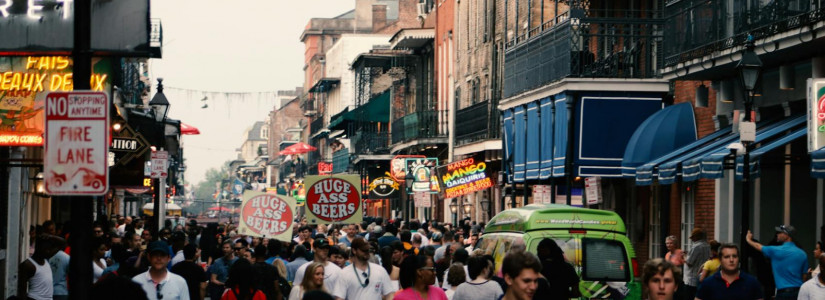COVID-19 Pandemic Increases Housing Instability for People of Color
In an analysis of survey data from the United States Census Bureau's Household Pulse Survey, researchers demonstrated that housing instability during the COVID-19 pandemic has had a disproportionate effect on renters of color. Data collection began on April 12 and concluded on October 12. The report, issued on October 30, shows that people of color expressed more housing insecurity, discrimination and instability since the beginning of the COVID-19 pandemic in March compared to renters who are white.
History of Housing Insecurity in People of Color
In the United States, there is a long history of widespread discrimination, predatory policies and racial targeting related to housing insecurity for people of color who need to rent an apartment or house. In 2019, about 34 million Americans lived in poverty. Black and Latinx people had much higher poverty rates than whites. They're also more likely to have an extremely low income.
How the COVID-19 Pandemic Worsened the Housing Situation for People of Color
Since COVID-19 was declared to be a pandemic by the World Health Organization on March 13, renters who are black, Latinx or Native American report having less confidence in their ability to pay their rent. Their rates of low confidence are higher than those of white people. People of color were also more likely to lose their jobs in the pandemic-related shutdowns.
What Protections Are in Place for Housing Issues
The Fair Housing Act of 1968 prevents discrimination against tenants and applicants based on race and other factors, such as sex or national origin. Even so, obvious and subtle discrimination still takes place. In 2018 alone, more than 8,200 complaints were filed related to FHA violations on racial and national origin discrimination.
The FHA Doesn't Cover a Lot of Housing Problems
The FHA doesn't cover a lot of the problems that low-income people of color face when trying to find housing. Before the pandemic, half of all renters had a moderate to severe cost burden associated with paying for their housing. This means they spent 30% to 50% of their monthly income on rent. This puts them at a higher risk of eviction if they miss a rent payment.
Lack of Available Housing Stock
More families of color live in multigenerational family units. The current supply of housing options does not fit their needs. About 64 million people live in a multigenerational family. Most new housing units and existing housing units don't meet the needs for a family that might consist of an elderly disabled grandparent, a few children and one or more working adults. This causes people of color to live in rental units that are overcrowded and overpriced.
Higher Rates of Eviction
Neighborhoods that have a higher proportion of renters of color tend to have higher eviction levels. The University of Washington released data focusing on the state's rental housing options. Their researchers discovered that the most diverse neighborhoods had the highest levels of eviction. People of color in Washington had a 60% higher risk of eviction that white renters. When controlling for income level, people of color who rent in New York City had a 20% higher rate of eviction. Latinx renters who lived in a predominantly white neighborhood had a 200% increase in the risk of eviction compared to those who didn't live in a predominantly white neighborhood.
Risk of Homelessness
This systemic racism in housing leads to a disproportionate number of people of color becoming homeless. Other causes include lower employment levels, lower levels of education, issues with the criminal justice system and discrimination in healthcare. The COVID-19 pandemic is expected to further exacerbate the higher levels of people of color who are homeless.
Job Insecurity
Housing insecurity is directly related to job insecurity. More than 32% of black adults and 41% of Latinx adults lost their jobs during the COVID-19 pandemic. Of white adults, 24% lost their jobs. Although some of those jobs have come back, black women are returning to work at a rate that is 75% slower than their white counterparts.
What Can Be Done
The survey analysis offered several solutions to rectify the worsening of housing instability during the COVID-19 pandemic in people of color. These solutions will also be helpful after a vaccine is widely available or herd immunity is achieved through natural infections. One solution is to increase community partnerships between government, public and private organizations. Another idea is to enact more penalties for violations of the FHA.









